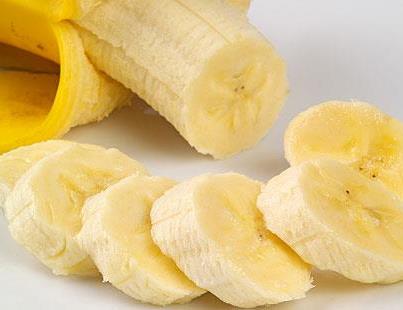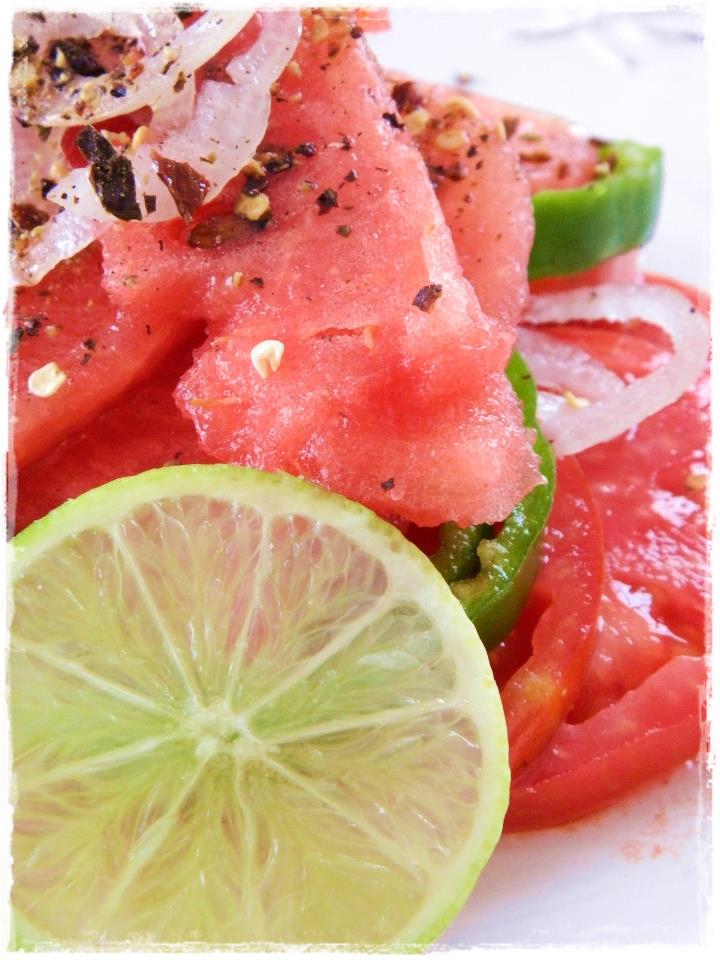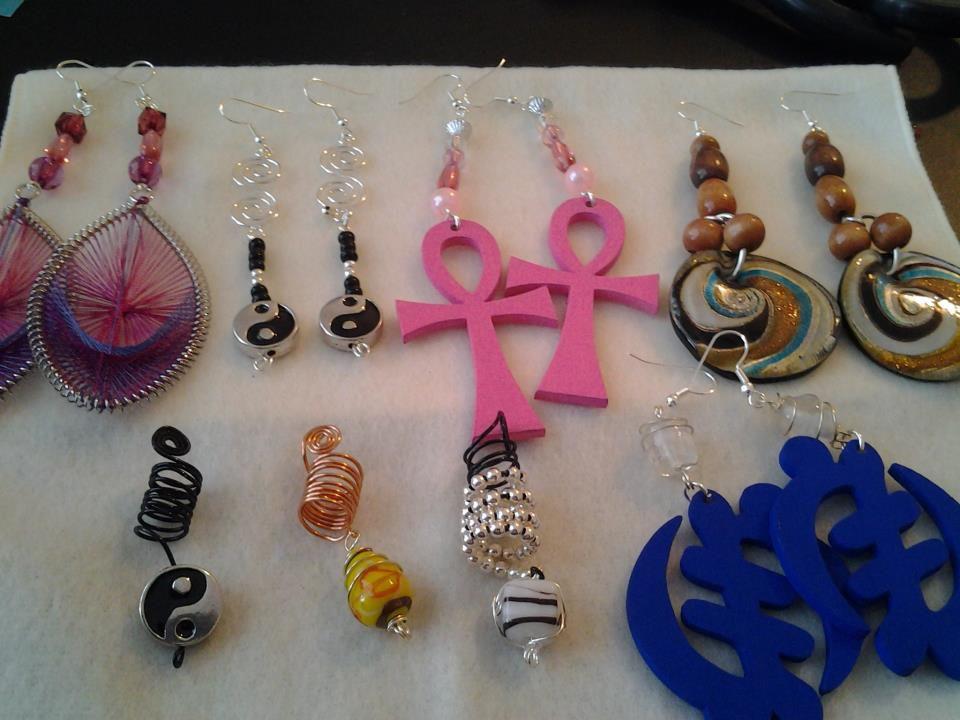You touch it, scrub it, clean it and injure it dozens of times a day, but what do you really know about your skin? Before I get into the specifics of our complexions, here are some general facts about that crucial and complex organism….
FACTS:
Your skin is the biggest and heaviest body organ, covering 12-20 square feet and representing 15% of your body weight. Not only does it cover your muscles, it protects the blood, organs and bones.
Composed of 70% water, 25% protein and fatty tissue (5% or less), skin can also facilitate healing: when the vagus nerve (the one connected directly to the brain) is positively stimulated, stress level hormones (cortisol) are decreased and feel-good chemicals (oxytocin) are increased, which is better for the overall health of the human body.
Skin has 3 layers: the epidermis (the visible layer), dermis (contains hair follicles, sweat and oil glands) and subcutaneous tissue (cushions and insulates the insides). Dead cells wear out and are replaced with new ones every 6-8 weeks. Cell turnover decreases with age and when the connections between skin and its underlying tissue stretches out, wrinkling and sagging begins.
What people use to identify themselves and others—the coloring component known as melanin—is found in the thin upper layer of the epidermis. Being African/African-American (or belonging to the other groups of darker-hued people) means that we have it in abundance, which provides special health advantages and benefits (adapted below from the research of educator Diana Clark)……
Dermatologist Susan C. Taylor, author of “Brown Skin,” states the obvious surface benefit, slower aging: African-Americans and other people of color generally look younger than their lighter-skinned peers because of the higher levels of melanin in their skin. The increased melanin protects those who have it from short-term damage from the sun, as well as the long-term signs of aging, such as age spots, deep wrinkles and rough texture, according to Taylor.
In addition to appearance enhancement, melanin enhances other senses and organs. Joe King, M.S., elaborates on that point by tying it to various systems and its level of function (or dysfunction): “There are several forms of melanin in your body, including neuromelanin, produced in your brain. Scientists do no fully understand the function of neuromelanin; however, its production appears to increase as you age. According to the European Synchrotron Radiation Facility, or ESRF, one proposed function of neuromelanin is that it helps your body maintain a balance of metals, assuring you do not have too much or too little in your blood stream, which can have negative consequences.
Although not clearly understood, melanin appears to play a role in your ability to hear properly and is important for the overall function of your inner ear canal. According to a 1994 study published in the journal of “Pigment Cell Research,” individuals who suffer hearing loss or are deaf lack adequate melanocytes, which are cells found throughout your body that are responsible for producing melanin. According to the researchers, a lack of melanocytes in the inner ear results in cochlear impairment, or hearing loss, although the reason is not clear.”
If there’s a negative aspect to our abundance of melanin, it comes from how well it blocks blocks UV rays, “leaving people with darker skin more susceptible to a vitamin D deficiency. This can cause other conditions such as rickets and osteoporosis.” And since over-exposure to sunlight can lead to skin cancer and hyper-pigmentation (the skin’s reaction to damage), African-Americans are better off to incorporate more vitamin D into their diets via a supplement containing vitamin D3 or foods such as….
-(non-dried) shiitake/button mushrooms
-fish like mackerel, tuna, sockeyed salmon, sardines, catfish and herring (cod liver oil is also a great source)
-eggs.
If you can’t commit to eating these foods on a regular basis and don’t want ro risk elevating chances of skin cancer via sunlight exposure, take a daily supplement. The benefits of vitamin D are numerous:
- it prevents chronic diseases such as many forms of cancer, osteoporosis, diabetes, heart disease, hypertension.
- it protects and lubricates your bones, teeth and hair.
- it regulates cellular growth and healthy cell activity
- it leads to an overall reduction of the inflammatory response, a condition known to cause many chronic diseases, from cancer to diabetes to obesity.
- it protects against adult osteoporosis
- it reduces the risk of breast cancer in postmenopausal women
- it significantly reduces the occurrence of prostate cancer in African-American men
Please read it and pass it on: SHARING IS CARING!!!
FOR MORE READING, SOURCES ARE LISTED BELOW:
http://www.globalhealingcenter.com/natural-health/10-foods-containing-vitamin-d/
http://www.livestrong.com/article/504593-how-does-melanin-affect-your-health/
http://yourskinandsun.com/article1068.html
“You Being Beautiful: The Owner’s Manual to Inner and Outer Beauty” by Michael F. Roizen, M.D., & Mehmet C. Oz, M.D.
Read more: http://www.livestrong.com/article/504593-how-does-melanin-affect-your-health/#ixzz240wLF0ag






